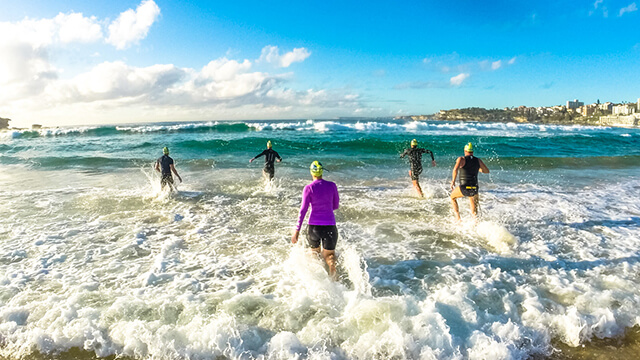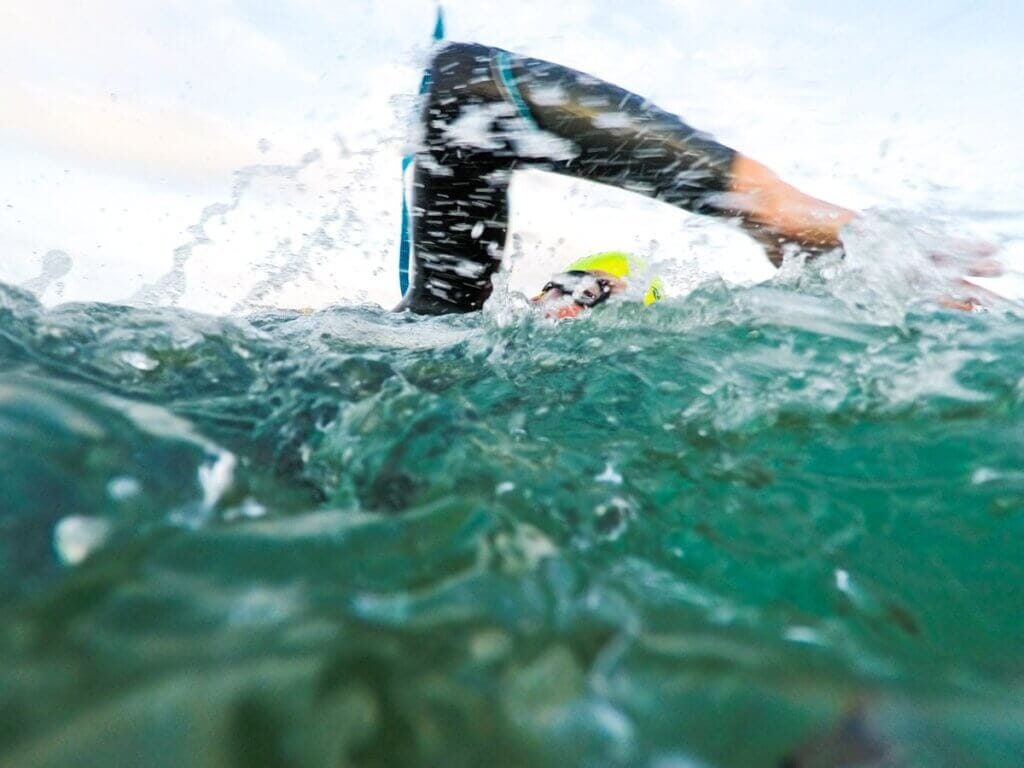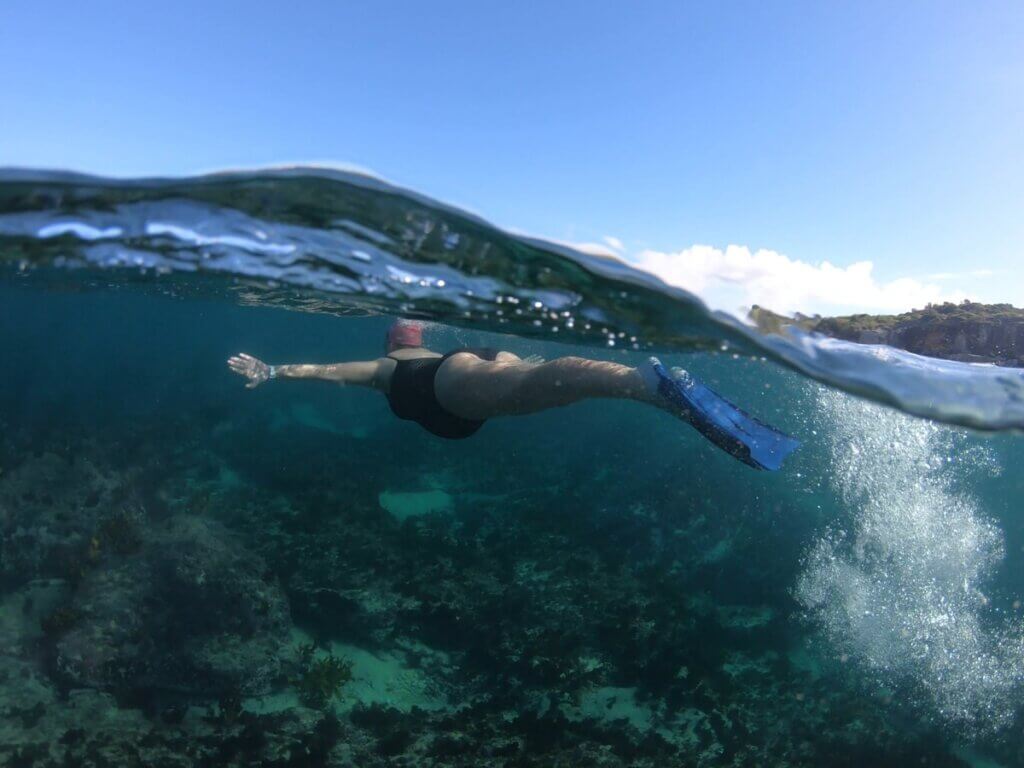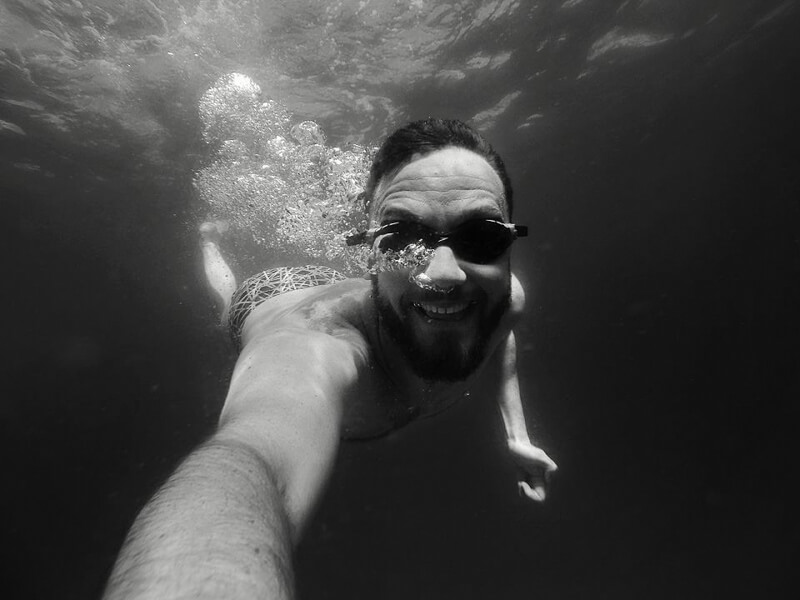Out with spilling waves, in with pushing waves

Breaking waves can be extremely intimidating for swimmers, especially for beginners, but also for those starting to stretch their limits.
However, if you change just one small way you look at one particular type of breaking wave, you’ll instantly feel more relaxed in the surf.
Traditionally, breaking waves are split into three types:
- Surging waves
- Spilling waves
- Plunging waves
Surging waves you’ll find rising quickly up and over the sand from deep troughs and gutters, or up and over rock platforms. They can be a hindrance for rock fishers, but you’ve probably never heard of them and they won’t bother you in the surf.
Plunging waves, a.k.a, dumping waves, are high-impact waves created when a fast-moving deep water swell meets a shallow sand bank (or reef). The result is the wave slowing and standing quickly, the crest curling over the face and the water in the wave dumping into the trough, creating deep and chaotic turbulence.
Every ocean swimmer is aware of these types of waves because if you get your technique wrong, there’s a good chance you’ll get caught up in the wave, taken under the water and spun around in the turbulence.
And, you’re right to want to avoid them, which is best actioned through a high level of wave consciousness, timing, and dive execution (early, deep and long).
It’s spilling waves that are most misunderstood.
These waves are generated on sand banks that gradually get shallower. As the approaching swell gently slows down, the wave gradually stands up and the crest begins to spill down the face, into and along the trough in front – with only shallow turbulence.
However, it’s not unusual for inexperienced ocean swimmers to group spilling waves in with plunging waves – and there is some truth to this once the waves get really big – but to do this will only increase anxiety and reduce efficiency.
Part of the reason spilling waves are viewed negatively is that they’re still being interpreted as falling water, like plunging waves. And that analysis, and the perceived outcome, therein lies the problem.
So how can you change this perception?
Start thinking of spilling waves as ‘pushing waves’.
Retrain your brain to think of the positives of pushing waves:
- When you’re swimming out through the waves, the turbulence is relatively shallow, so you’ll only need to perform shallow dives
- If you get your timing wrong and you meet a spilling wave on the surface of the water, it’s only going to push you back (this is where my superman technique comes in)
- When you’re returning back through the waves, the movement of the wave coming from behind you will be along the surface of the water, which will push you along with it (all you need to do is to keep swimming to stay stable and ride it as long as you can)
- They’re great for bodysurfing (unless you want to get barrelled!)
Teach yourself the clear difference between plunging and spilling waves and when you’re watching the surf before you swim, get a feel for what percentage of the waves are dumping or pushing.
And don’t forget, broken (white water) waves are pushing waves, too.
Most of the time, you’ll find out that the majority of waves at any one time you’ll be swimming will be pushing.
So don’t worry so much, pushing waves are gooooood!






Responses